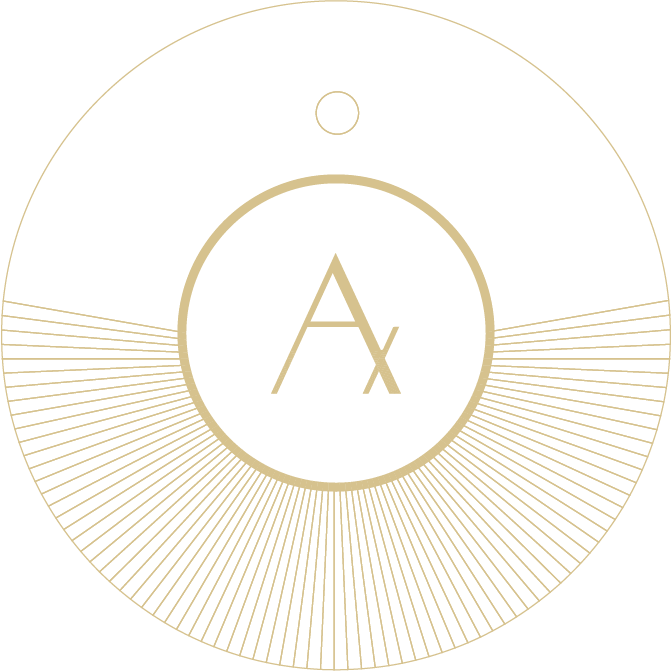Understanding Menstruation Through the Lens of Chinese Medicine
In honor of women’s history month this March, we will be discussing a topic that is uniquely feminine: menstruation. In this blog post I will be sharing an introduction on how the menstrual cycle is viewed from a Chinese Medicine perspective in order to facilitate a deeper understanding of your cycle as well as to provide ease and relief.
Believe it or not, women are not supposed to have PMS or painful periods. In Chinese Medicine, we often look at the Liver, which is associated with governing the free flow of Qi, also known as energy or life force, and blood throughout the body.
In addition, the Liver channel, or meridian, runs through the pelvis and the uterus. It is often addressed when treating women experiencing any menstrual. Working with an acupuncturist regularly will help provide more insight into your own menstrual experience. Regular acupuncture can help correct the underlying causes of many symptoms, as well as provide relief while you are experiencing them.
Phases of the Menstrual Cycle
Generally, the menstrual cycle is typically 28 or 29 days in length; however, a healthy cycle can range from anywhere between 25 to 35 days. There are four phases in the menstrual cycle: menstruation (the Blood phase), the follicular phase (Yin phase), ovulation (Yang phase), and the luteal phase (Qi phase).
Menstruation (Days 1-7) begins on day 1 when the body temperature drops and the endometrial lining begins to shed. The quality of the blood, which includes the color and its consistency, helps to indicate what is going on internally. For example different treatment principles are advised for heavy flow with bright red color compared to a period with scanty flow that is darker in color.
The bleeding phase also signals a time of transition from Yang to Yin. As Yang reaches its peak, one cycle ends as the lining is released, while another one begins as a new lining begins to build. Feeling extremely fatigued, achy, or anxious is also not normal. This time also signals one of the ovaries to begin ripening more eggs for the next phase, which is known as the follicular phase.
The Follicular Phase (Days 7-14) marks the time when one or more follicles in the ovary begin to grow in order for ovulation to occur, and Yin and Blood continue to build. Yin is associated with growth, form, and substance. This is the perfect time for Yin and Blood building foods such as beets, dark cherries, dark leafy greens, red meat, or salmon. The desire to slow down and turn inward is normal. Eventually there is a hormone surge, which triggers the release of the mature follicle into the fallopian tube, which then leads to ovulation.
Ovulation (Days 14-21) generally occurs midway through the cycle, and marks the transition from Yin to Yang energy. Yang is associated with warmth, expansion, and activity. Those using a basal thermometer to track your cycle will notice a spike in body temperature due to the rise of progesterone. This is the time we feel more sociable and excited along with an increase in cervical mucus and heightened libido. During ovulation, the egg bursts from its follicle, which, when empty, is referred to as the corpus luteum, and leads to the final phase of the menstrual cycle.
The Luteal Phase (Days 21-28) marks the time between ovulation and your next bleeding cycle. It is an important time to promote the smooth flow of Qi in order to support the body in preparing to move the Blood in the next phase. This is the time to incorporate cardiovascular activity along with foods that promote movement, such as ginger, garlic, turmeric, mint, and basil. It’s best to avoid excess dairy, poor quality animal protein, and processed, refined, or sugary foods including alcohol. If pregnancy does not occur, the corpus luteum withers and dies. A drop in progesterone causes the endometrial lining to shed and the whole cycle begins again.
Premenstrual Syndrome
PMS type symptoms often appear after ovulation, and during the luteal phase. If you experience irritability, headaches, or cramping, this could indicate an underlying Qi or Blood stagnation. If there is stagnation, you are likely to see clots in the menstrual blood once bleeding occurs. These clots can range in size; I often like to ask if they can compare to the size of a lentil, pea, dime, or even a quarter.
Managing stress throughout your menstrual cycle is incredibly important. Becoming more in tune with your cycle allows you to harness your body’s natural tendencies. Such as, honoring its need to rest and feel energetic at certain times. Many women find that regular acupuncture helps manage stress naturally and effectively.
What to do with this information?
To develop a closer relationship with your menstrual cycle, start by using a daily tracker. Options include the Flo app or Natural Cycles.
For those beginning a fertility journey or just to track more accurately, utilize a basal thermometer. Develop a habit of taking your temperature upon waking in the morning, before getting out of bed.
My favorite way to develop a deeper understanding of the quality of blood is to use a menstrual cup, which is now sold in a number of grocery stores and pharmacies.
As you work with your practitioner, you will gain more insight into dietary and lifestyle changes. This will further support the rhythm, flow, and experience of your menstrual cycle. At Acuworx, we have also introduced a convenient line of Chinese Herbal elixirs by Dao Labs. The Women’s Formula helps ease any premenstrual tension as well as replenish the body during the post-menstrual phase. Feel free to contact us to learn more!
-Emily
Works Cited:
https://wildwoodmedicine.com/the-menstrual-cycle-according-to-traditional-chinese-medicine/
Treatment of Infertility with Chinese Medicine by Jane Lyttleton
The Foundations of Chinese Medicine: A Comprehensive Text for Acupuncturists and Herbalists by Giovanni Maciocia

